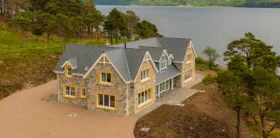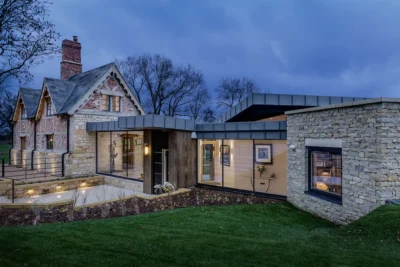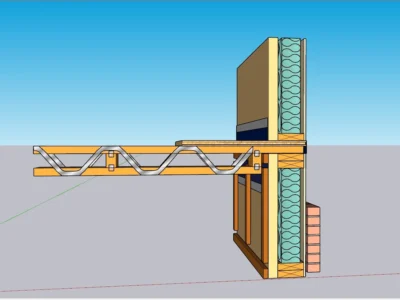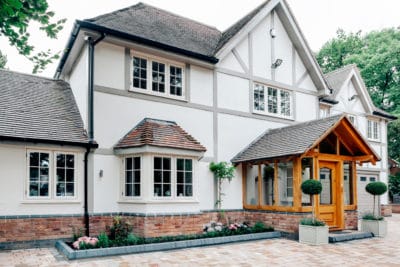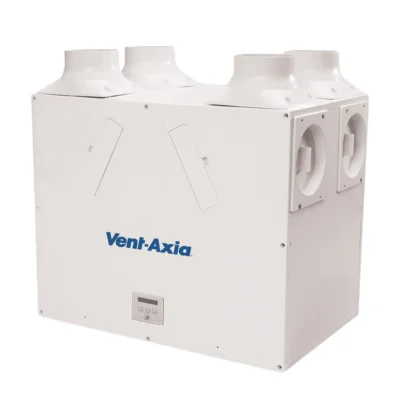12 Ways to Reduce Your Energy Bills & Create an Efficient Home
If you’re planning a self build, renovation or extension, chances are that energy bills and home efficiency will be at the top of your design priorities. Everyone is looking for new and inventive ways to save money and up the efficiency of their existing home, or design these features into a self build.
From simple DIY projects to stop draughts, through to fitting high performance windows and making the most of renewable energy, there are plenty of ways to create an energy-efficient home and reduce your energy bills. These measures won’t only help to keep your energy bills to a minimum, they’ll guarantee a comfortable, cosy home that performs well throughout all seasons.
Whether you’re self building from scratch or working on an existing property, here are 12 ways to minimise the need for heating and grid energy in your house.
1. Reduce Your Energy Bills by Installing High Levels of Insulation
Whether you’re retrofitting or building from scratch, taking a fabric-first approach can reduce the need for heating. Insulating the walls, floor and roof of your home effectively is therefore one of the most sure-fire ways to cut down on energy and carbon costs in the long term.
If you’re self building, updated Building Regulations require high-quality insulation to be installed in new homes to meet energy efficiency targets. Many self builders aim to exceed these requirements.
Creating a new home gives you a blank canvas to build-in thermal detailing from the get-go. Plus, modern methods of constructing – such as thin joint blockwork, timber frame, structural insulated panels (SIPs) and insulated concrete formwork (ICF) – are all geared towards achieving great U-values (a measure of thermal performance).
Learn More: Home Insulation: Best Ways to Reduce Heat Loss & Stay Warm
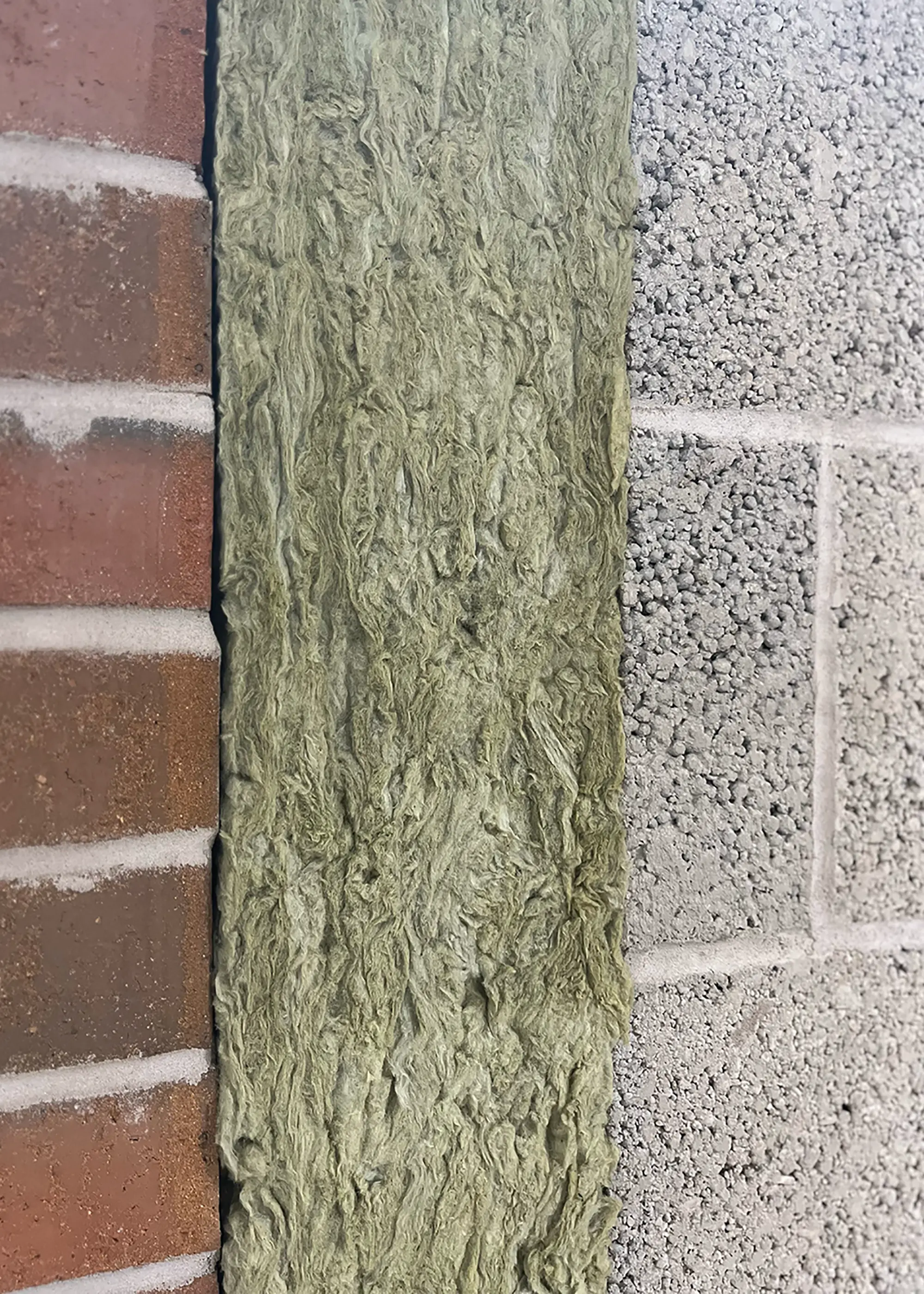
Rockwool’s Thermal Insulation Cavity Slab 32 is suitable for masonry cavity walls in new builds, renovations and extensions. With a low thermal conductivity of 0.032 W/mK, the lightweight slabs provide an accurate fit against the blockwork to reduce heat loss
But good performance requires a blended approach, with quality design, manufacture and site practice vital to ensure your project also reduces air leakage and thermal bridging (where heat can escape at junctions between materials in the structural envelope).
If you’re renovating, picking the best-value eco upgrades is key – and improving insulation is often a safe bet. Where cavity walls lack insulation (typically those houses built approximately between 1920-1975), it can be injected it into the gap between the inner and outer leaves. Solid wall houses built pre-1919 won’t have a cavity. But, depending on the property, insulation can be fitted to the inside or outside of the structural walls.
When dealing with older homes, you’ll almost certainly need to use vapour-open materials (such as woodfibre insulation) in order to preserve the building’s ability to breathe. Existing suspended timber ground floors can also often be upgraded if access is possible to incorporate the material, while insulating an unoccupied loft space can be simple and cost-effective.
2. Airtightness is the Key to an Efficient Home with Low Energy Bills
Air leakage is the uncontrolled movement of air in and out of the home through small gaps and opening of the building fabric – for example, between the walls, floors and roof, windows and doors, at service penetrations etc). In a well-insulated home, this can be one of the prime causes of unwanted heat loss.
Consider airtightness from the very beginning of the build if you’re starting from scratch, and aim to simplify the detailing for your site team wherever possible. Often, this goes hand-in-hand with other aspects of achieving good performance. For instance, if window frames sit neatly in the wall insulation layer (minimising thermal bridging) they’re also likely to be easy to make airtight. Bear in mind that with more complex designs, it can be more difficult to achieve high levels of airtightness.
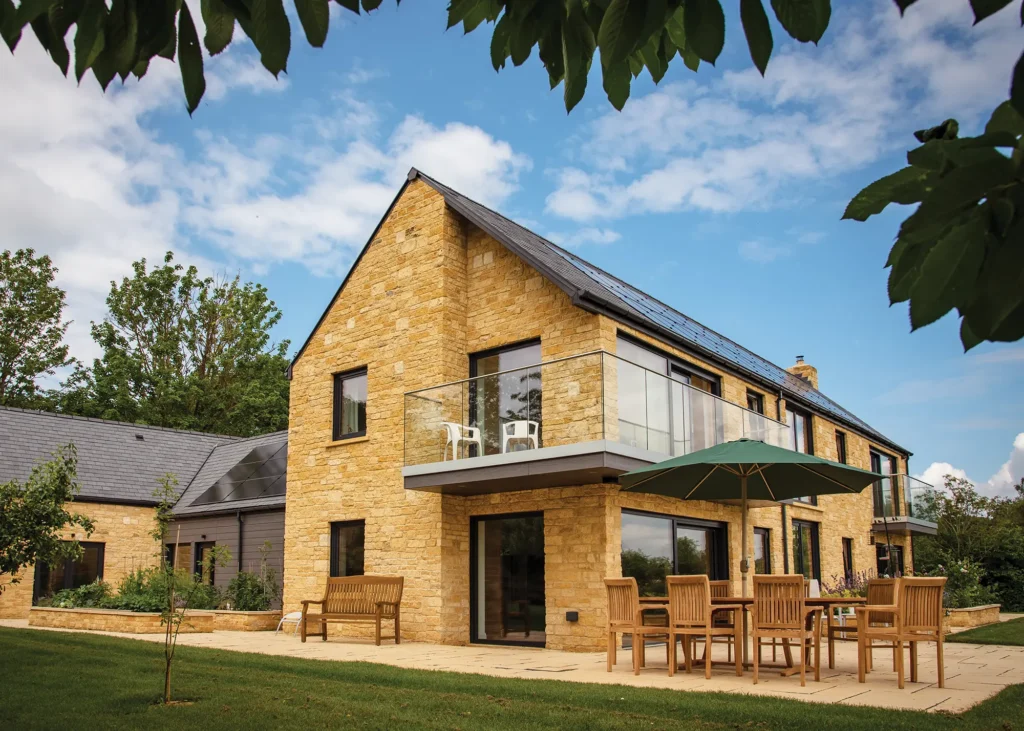
Winner of the 2021 Build It Award for Best Timber Frame Home, Gryphon House achieves Passivhaus standards for airtightness. The project combines Frame Technologies’ efficient TechVantage S timber frame system with a ProClima Intello airtight vapour control membrane and Siga Sicrall sealing tape
Achieving very high levels of airtightness in an existing home requires a major retrofit and significant budget. It may also not be appropriate for heritage properties, where retaining breathability is key to managing moisture. Houses built post 1920 may be suitable for a more intensive retrofit. For example, Beattie Passive’s TCosy system is a complete deep retrofit approach that creates an airtight envelope on existing buildings without demolishing and rebuilding.
Ventilation is also key to maintain a healthy internal environment. For new builds and deep retrofits, controlled pathways for airflow can integrated into the design with mechanical ventilation and heat recovery (MVHR) systems. MVHR also recycles heat from the air it expels and uses it to heat the incoming fresh air supply, reducing your need for heating.
Essential Advice: What is MVHR? Mechanical Ventilation & Heat Recovery FAQ
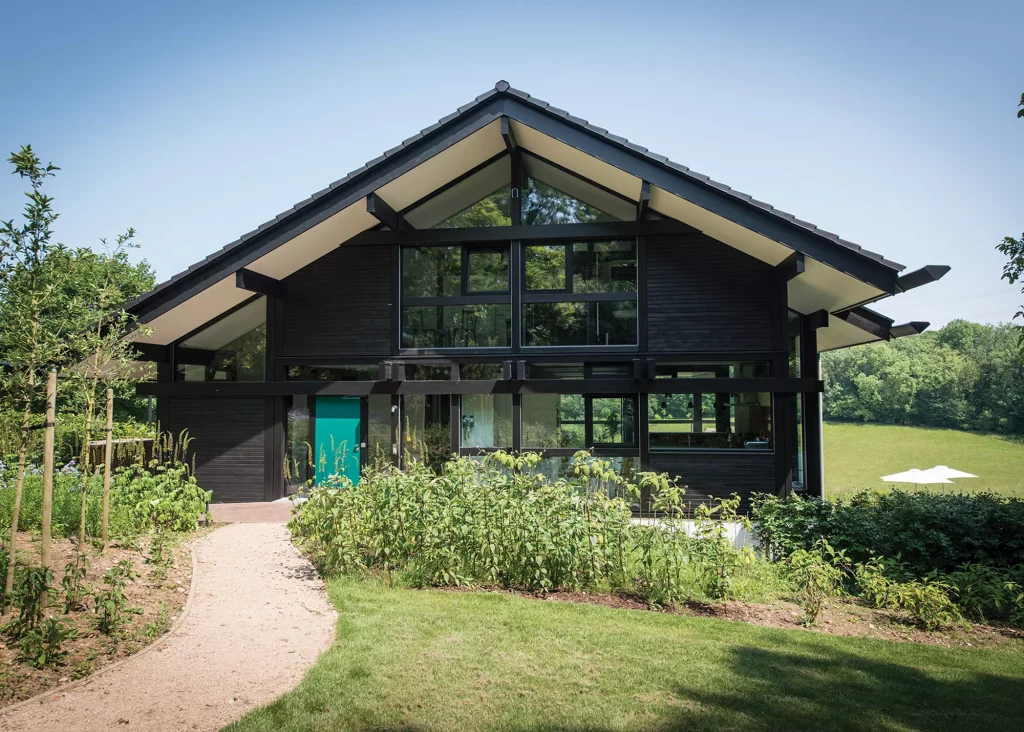
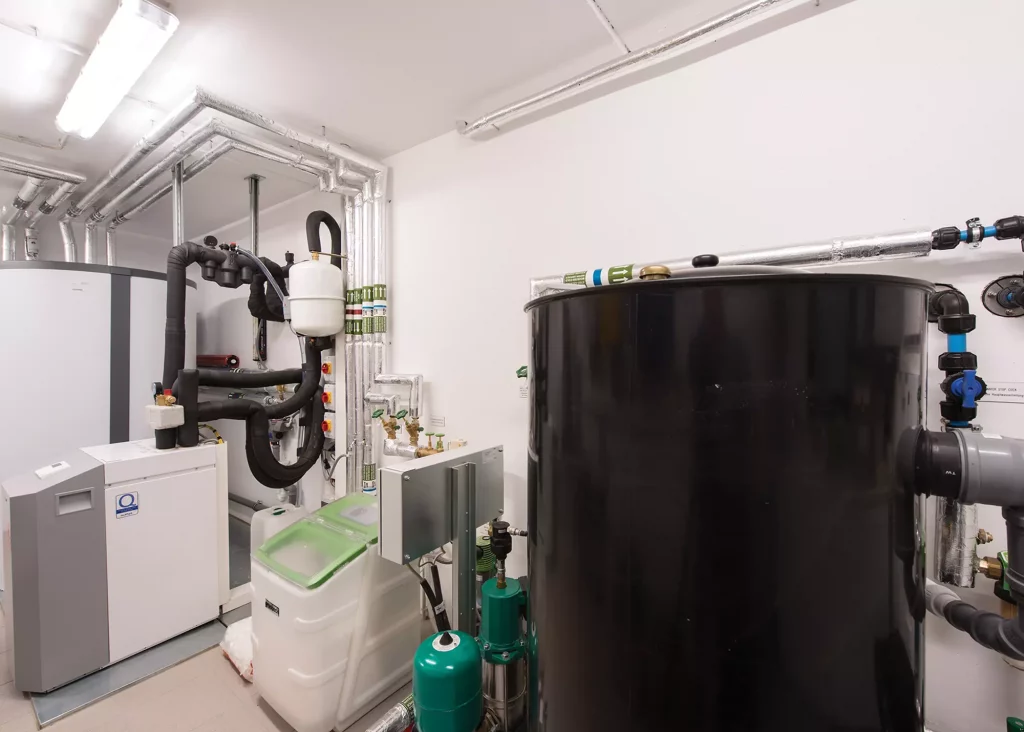
3. Consider Designing Smaller Rooms
Homes of the past were often built with small rooms, one reason being that this helped to warm rooms quickly and cool them easily – you’ll often find period homes have small rooms that had specific purposes, some only used on special occasions.
So, while open-plan living is great for creating a social environment, heating a larger area is likely to take longer and use more energy compared to a compact room.
If you’re in a new highly-insulated and airtight house that benefits from solar gain and underfloor heating, then perhaps large spaces aren’t an issue. But if you’re thinking about knocking through walls in your period home, consider how this will impact both your heating system and subsequent energy bills.
4. Choose High-Performance Windows & Doors to Lower Your Energy Bills
A huge percentage of your home’s heat is lost through the windows and doors. When installing new fenestration, look for products offering low whole-unit U-values (not just the glass) and good weathertightness.
Work with your designer and supplier to ensure they’re then properly integrated into the thermal envelope. Building Regulations require U-values of under 1.4 W/m2K for new windows and doors in existing homes (albeit with trickle vents to preserve airflow).
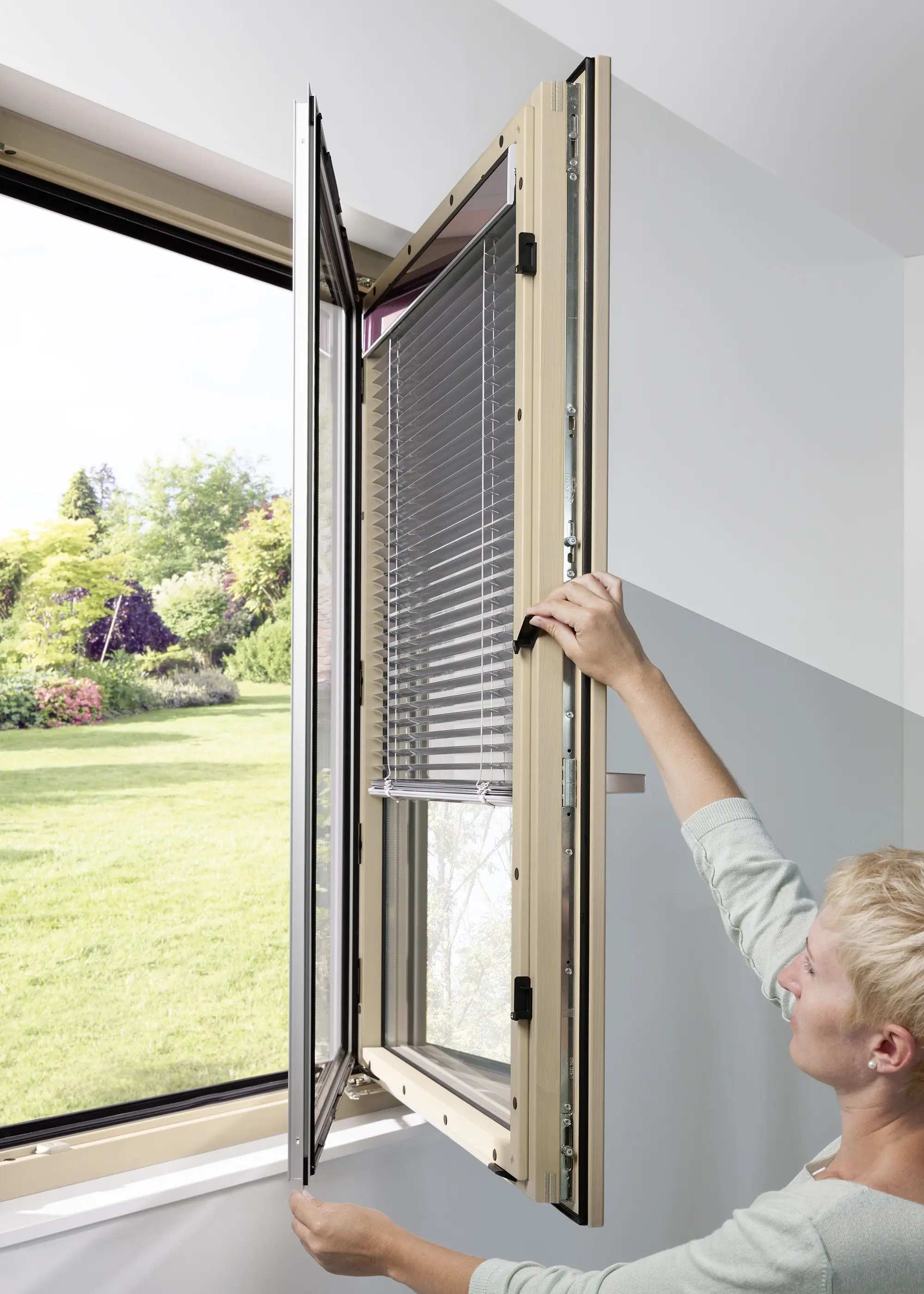
Internorm’s HV 450 timber-aluminium window has an nimpressively low U-value of 0.6W/m2k, and offers the option of integral blinds for privacy and an element of solar shading
You’ll probably need to hit 1.2 W/m2K or better in a new build (although the limiting threshold is higher). But you might want to look beyond these standards. Triple-glazed windows, for instance, can achieve U-values under 0.8 W/m2K.
Learn More: Window Prices 2023 – How Much Do New Windows Cost?
5. Self Build Your Home to Passivhaus Standards
If you’re self building, you may want to consider working towards a low-energy standard, such as Passivhaus. This term refers to a set of rigorous design principles for achieving excellent energy efficiency, so a building can maintain an almost constant temperature with minimal need for heating and cooling.
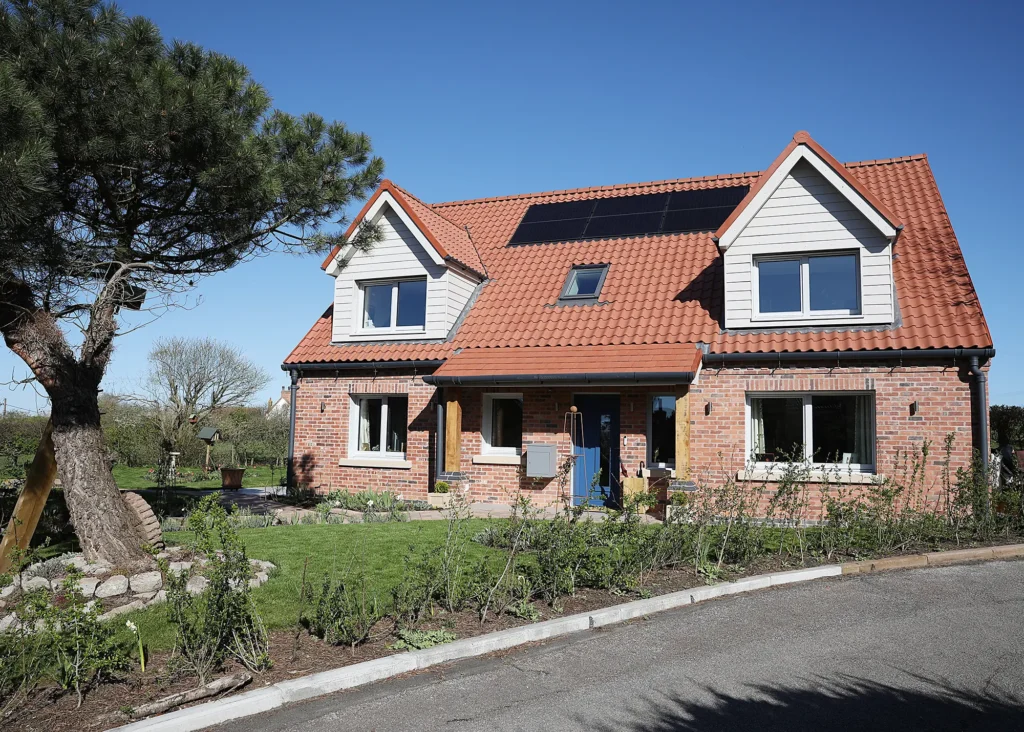
The energy consumption of Dominic and Shamim Byrne’s Passivhaus self build is a third of the annual average for a similar sized house
Passivhaus takes a fabric first approach to seal the building against the elements. The main features include high levels of insulation, triple glazing, outstanding airtightness and MVHR. Passivhaus standards surpass updated Building Regulations in terms of U-values and airtightness, with the aim of requiring as little energy as possible to create a comfortable, low-bills home. An equivalent standard, EnerPHit, exists for renovations.
6. Opt for Renewable Energy
Once you’ve got the basics right with a fabric-first approach, you’ll be in the best position to look at using renewables. Heat pumps are a popular technology suitable for most types of home, whether new build or existing. Well-designed, installed and run, a heat pump can significantly lower carbon emissions and may even save you money on bills. But don’t rule out modern boilers, particularly in homes with a high hot water demand.
Relatively low cost to install and capable of delivering about 50% of a household’s hot water needs, solar thermal panels can be a great investment. A modern woodburning stove or biomass boiler could also save you money in the long term. In terms of generating renewable electricity, solar PV panels rule the roost.
Your Complete Guide: Heat Pump Guide: What are Heat Pumps & How do they Work?
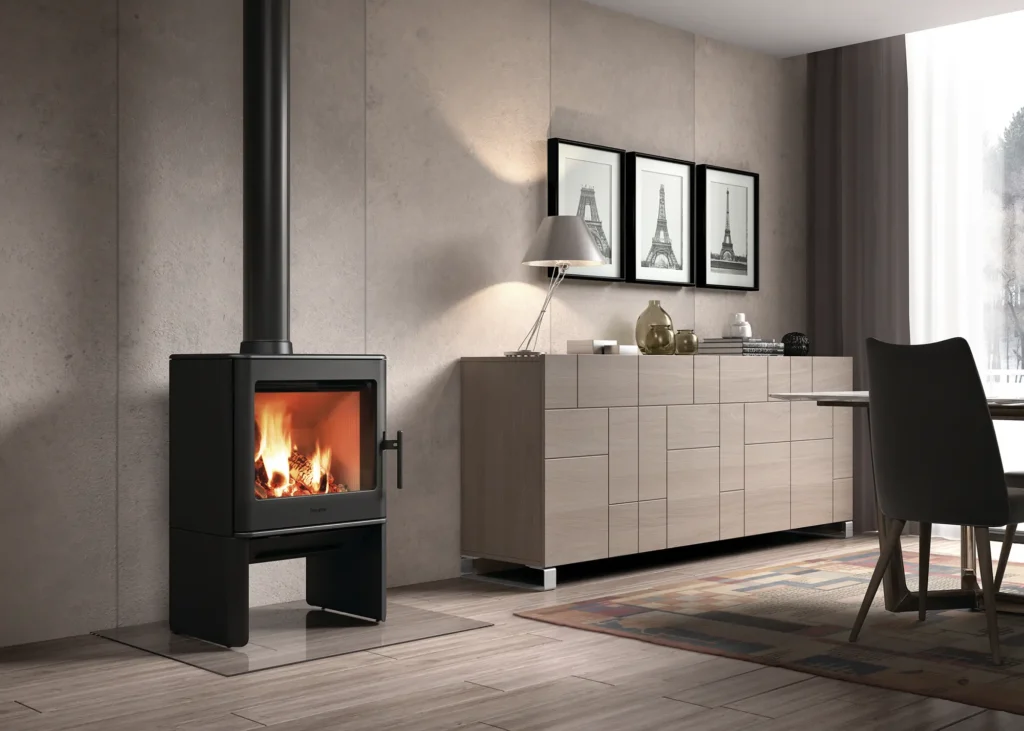
The Hergom E-40 woodburning stove has a heat output of 9kW and is made from cast iron, which can absorb heat and continue emitting it long after the fire has been extinguished for an extra performance boost
7. Make Clever Use of Solar Gain
Passive solar gain is a design approach that looks to make use of the sun’s heat to provide free warmth in the colder months. It’s most useful for new build homes, where you can choose how to best orientate the house and position windows and doors to encourage heat gains in winter. Fundamentally, that means using more glazing on southerly elevations.
Good design is crucial for successful passive solar design and to avoid the risk of overheating in the summer months. To that effect, a new Part O of Building Regs was introduced in 2022 which means that designers must now plan in measures to mitigate overheating.
Where you do have large expanses of glazing, features such as louvred brises soleil can be used provide solar shading during the summer months, while allowing more of the sun’s rays to reach into the home during winter.
8. Draughtproofing is Essential for a Low-Energy Home
In an existing house, targeting the spots where heat directly escapes by draught proofing will retain heat for longer and can therefore make a huge difference to how much you need to use. You can commission an airtightness test to see how much heat is being lost and from where, and target those areas.
Windows can be upgraded with draught proofing strips and/or secondary glazing, while heavy curtains and blinds/shutters will also make a difference. Insulating beneath floorboards is a great way to reduce draughts (be sure to use a suitable material for the age of your home). Filling gaps between floorboards and under skirtings can be appropriate in some houses (provided you can maintain ventilation in the floor).
Adding rugs is a low-tech but surprisingly effective option. For doors, invest in covers for letterboxes and keyholes and sausage draught excluders for gaps under doors. If your budget extends to it, building a porch can add an extra weatherproof barrier.
Chimneys can be a huge source of draughts, so measures such as chimney balloons or wool-based chimney draught excluders will help keep the chill at bay. Again, you need to preserve a certain degree of ventilation, particularly in older buildings, to avoid condensation and mould. So, be careful not to block up every path of natural airflow.
9. Improve Your Existing Heating System’s Efficiency
Getting your boiler serviced regularly should help prolong its lifetime and efficiency. But as a rule, if it’s over 10 years old, it may well be time for an upgrade, as modern A-rated appliances can save you a decent chunk on bills compared to older models.
How you use the system is also important: simple measures such as reducing the radiator flow temperature on a condensing combi boiler from 80°C to 60°C can improve its efficiency and save you money. Note that this approach isn’t suitable for a boiler that uses a hot water cylinder (such as a regular or system model).
But there could still be savings to make through measures such as turning the room thermostats down, adding radiator valves and upgrading to smarter controls. If you’re renovating and ripping up floors anyway, it may also be possible to upgrade to underfloor heating (UFH), which can reduce the loads on a boiler by 5% or more.
Thinking about installing underfloor heating? Read our Underfloor Heating Beginner’s Guide: How to Get Started with UFH
10. Upgrading Your Appliances Will Help Cut Down Energy Consumption
Specifying low-energy appliances (think hob, washing machine, tumble dryer, dishwasher etc) for a new home, or upgrading outdated versions, can make a difference to your overall energy consumption. For example, research suggests that induction hobs can be up to 50% more energy efficient than their gas or standard electric counterparts.
Look for an appliance’s energy label to see how much it uses before purchasing. EU energy labels indicate the energy efficiency of a product, with A being the most efficient and G being the least. Bear in mind the size of the appliance, too – some products may only cost slightly more to run for a much greater capacity.
11. Integrate Smart Home Technology to Reduce Energy Bills
There is an array of modern gadgets that can help you keep tabs on household energy consumption and reduce how much you use. Smart meters, for instance, give you a good general overview of how much energy you’re using in real time to help manage your bills.
When it comes to your heating, smart thermostats give you the chance to programme detailed settings and scenes. Plus, they can be controlled from your smartphone – so, if you forget to turn the heating off when you leave the house, you can do so remotely to save valuable energy. Using thermostatic radiator valves can ensure you’re never heating rooms you’re not using.
Learn More: Can Smart Heating & Thermostats Save You Money?

Hive’s Thermostat Mini allows you to manage your heating and hot water from anywhere using its app
Hive’s smart radiator valves set your radiators to an exact temperature, with the app making it simple to manage the heating in each room from your phone, without having to go in and do it manually.
The smartest home energy systems are capable of integrating multiple elements to efficiently manage your home’s climate – think beyond heating to ventilation, blinds, lighting and more. A wired setup (easier to install in a new build) will be most robust, but there are plenty of high-quality WiFi systems available, too.
12. Reduce Your Water Usage and See Your Energy Bills Fall
Don’t forget that you need fuel to heat the water for showers, baths, kitchen sinks and appliances, so using less will reduce your water and heating bills. Could you change habits for how and when you use hot water in your home and make a saving?
According to the Energy Saving Trust, 12% of a typical gas heated household’s energy bill is from producing hot water, which also makes up about 4% of the UK’s total carbon dioxide emissions. The organisation’s research suggests that if every household in the UK took just one minute off one shower every day, it would save £215 million in energy bills a year nationwide.
Another option is investing in home water recycling products. Rainwater harvesting does exactly what it says on the tin, collecting water from your roof and filtering it for things like toilet flushing and running the washing machine. Greywater reuse means recycling water from sinks, baths, showers and washing machines for use in your garden.
More Inspiration: Eco Homes: 30 Sustainable Self Builds to Inspire Your Eco House
This article was originally published in October 2022 and has been updated in October 2023. Additional content by Georgina Crothers.
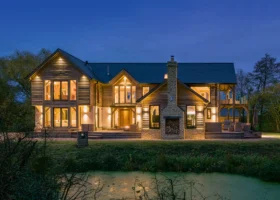
































































































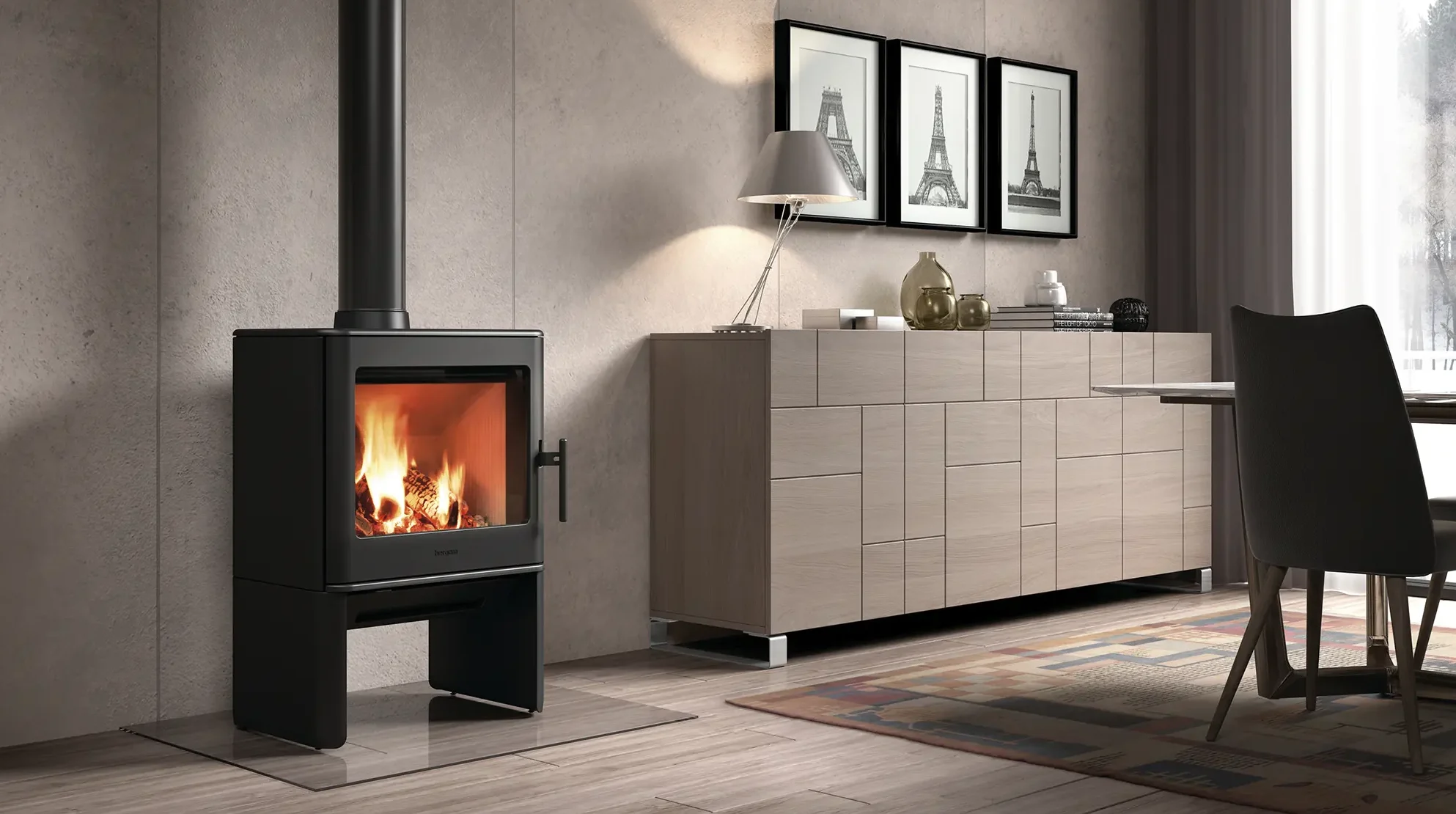
 Login/register to save Article for later
Login/register to save Article for later

